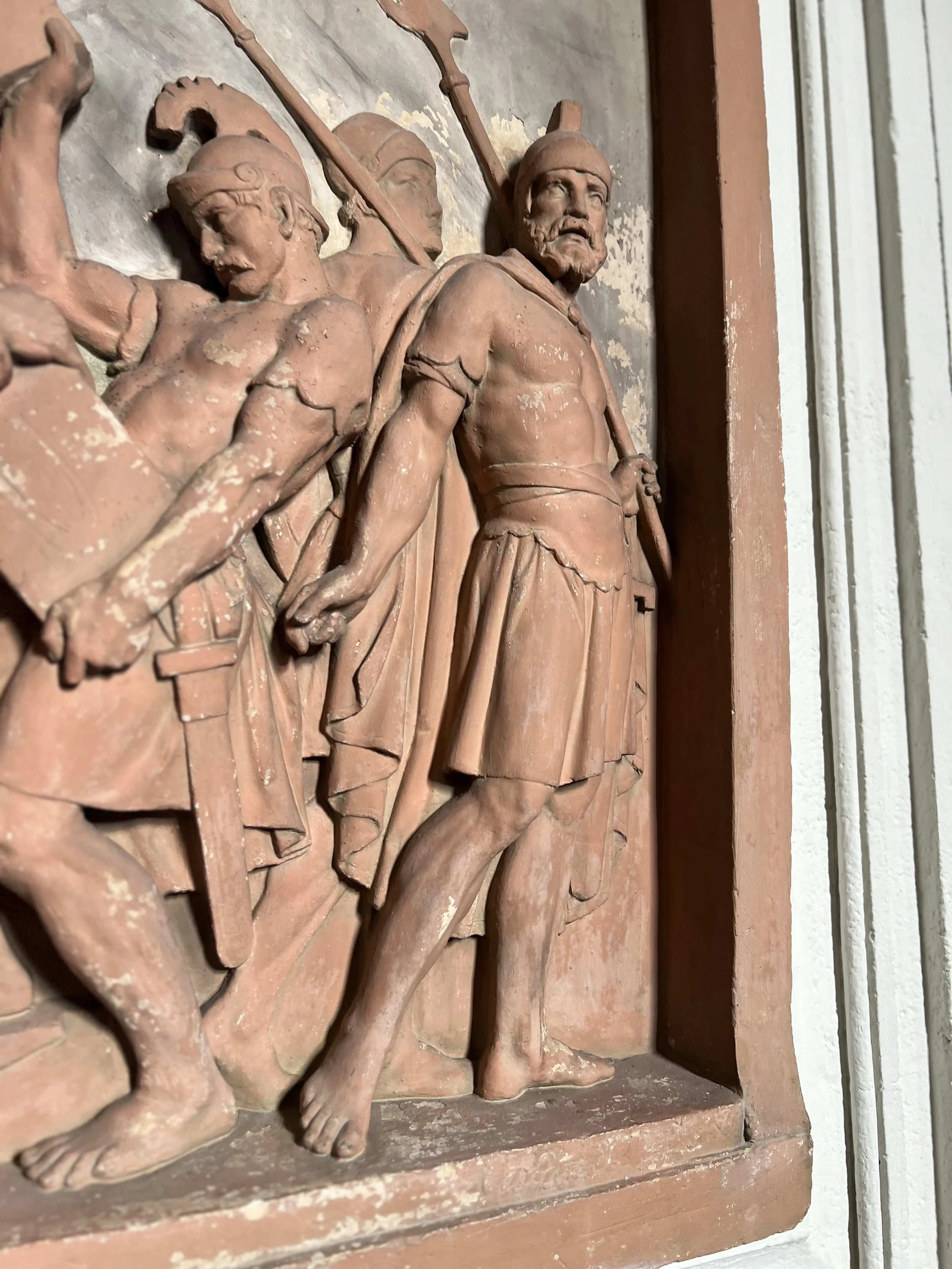Right big toe has difficulty extending when walking. This creates an imbalanced walk or gait causing a cascade of problems like foot pain, knee pain, thigh pain, and even low back pain
The inability to extend the big toe can lead to ITB syndrome issues. People have been facing this problem for centuries!
With FHL, the body compensates by rotating the affected lower limb.
"Walking Uneasy? Low Back Pain? Thigh pain? Knee pain? Foot pain? FHL Could Be the Silent Cause—What a Chameleon This Problem Is!"
Understanding Functional Hallux Limitus (FHL)
Functional Hallux Limitus (FHL) is a widespread yet often overlooked condition affecting about half the population. It occurs when the flexor hallucis longus (FHL) tendon—the tendon controlling the big toe—becomes restricted as it passes behind the ankle. This restriction causes increased tension under the arch of the foot, disrupting the natural mechanics of walking and running.
For more detailed insights, visit fhl.science.
Signs and Symptoms of FHL
FHL can present with a variety of symptoms, not only in the foot but throughout the lower body due to its impact on movement and posture:
Foot Pain:
Top of the big toe joint: Pain may result from cartilage damage or early changes that can lead to bunion formation.
Sole of the foot: This pain often stems from excessive tension in the FHL tendon, which can misalign the small bones beneath the big toe joint.
Tendon Discomfort: Tenderness may occur along the tendon’s pathway, especially near the heel, and can sometimes be mistaken for plantar fasciitis.
Referred Pain: Issues in the foot can lead to discomfort elsewhere, such as:
Knee: Pain on the front, inner, or outer knee.
Hip and lower back: Changes in posture and gait can overload muscles, leading to pain.
Challenges During Activities: Running, downhill walking, and sports requiring sudden pivots or changes in direction can aggravate FHL, increasing stress on the lower limbs.
How FHL Impacts Movement
FHL restricts the natural push-off motion of the big toe during walking and running. This limitation forces the body to compensate, often leading to:
Strain on the knees, hips, and lower back.
A forward shift in posture.
Increased muscle fatigue in the lower back and glutes.
Conservative Treatments for FHL
Most people with FHL can improve significantly with non-surgical interventions. The focus is on restoring tendon mobility, relieving pain, and improving foot mechanics.
Manual Therapy:
Mobilisation of the subtalar joint by a trained physiotherapist or osteopath can help release the restricted FHL tendon. This process is critical to improving tendon movement and restoring function.Stretching Exercises:
Specific exercises help to maintain and enhance tendon flexibility.Stretching the big toe while dorsiflexing the ankle.
Targeted stretches performed against a wall to ensure the tendon glides freely.
Strength and Balance Training:
Strengthening the small muscles in the foot to support the arch.
Exercises to improve balance and posture, targeting the pelvis, core, and lower limbs.
Footwear and Orthotics:
Supportive footwear can alleviate strain on the big toe joint.
Custom orthotics improve alignment and redistribute pressure across the foot.
Activity Modification:
Reducing high-impact activities or those involving frequent directional changes to prevent overloading the foot.
When Might Surgery Be Required?
Surgery is usually reserved for cases where conservative treatments have not provided lasting relief. It may involve releasing the FHL tendon or addressing structural issues in the foot. For some individuals, surgery may be the most effective way to restore function and alleviate pain, especially if the condition is severe or longstanding.
Naveen takes a thorough and personalised approach to diagnosing Functional Hallux Limitus (FHL). He begins with a detailed examination to understand the root cause of the problem and tailors treatment to each patient. Nonoperative management is always the first step, focusing on improving tendon mobility, reducing pain, and restoring function. However, if these measures are not successful, Naveen may recommend an operative solution.
Surgery for FHL typically involves a posterior ankle arthroscopy, a minimally invasive "keyhole" procedure. During this 20-30 minute operation, two tiny incisions (less than 1 cm each) are made at the back of the ankle to release any ligament or bone blocking the smooth gliding of the flexor hallucis longus (FHL) tendon. Most patients can walk immediately after surgery using a specially designed postoperative flat shoe for the first three weeks, while elevating their foot when at rest to aid recovery. This approach aims to relieve symptoms effectively while minimising downtime, helping patients return to their active lives as quickly as possible.
Why Early Intervention is Essential
FHL can significantly impact quality of life, but it is manageable with early diagnosis and appropriate treatment. Left untreated, the condition may lead to secondary problems in the knees, hips, or back.
If you suspect you have FHL, consulting a specialist is the first step toward recovery. For more information on this condition and its treatment, visit fhl.science.




